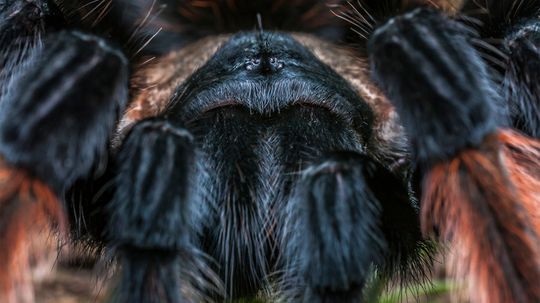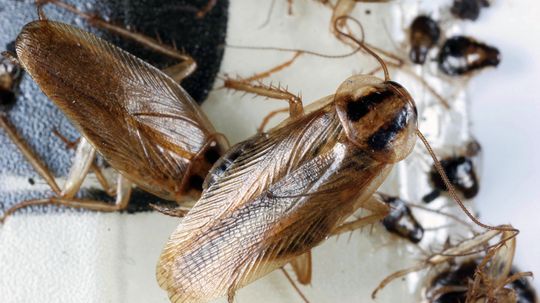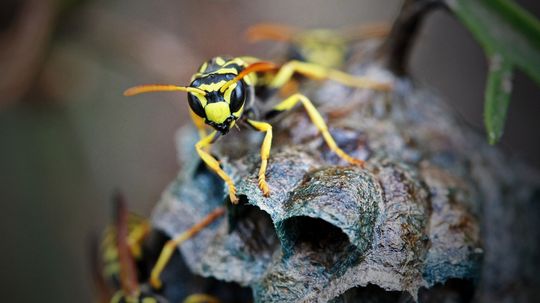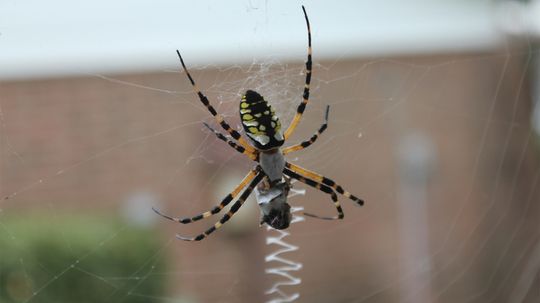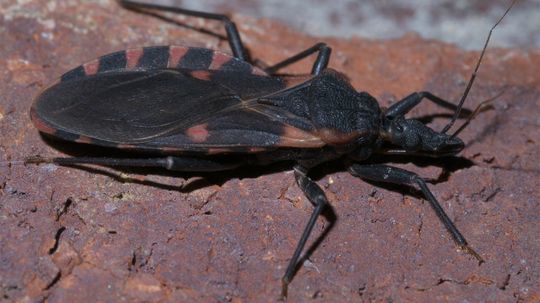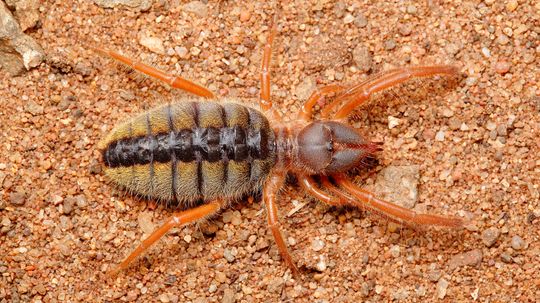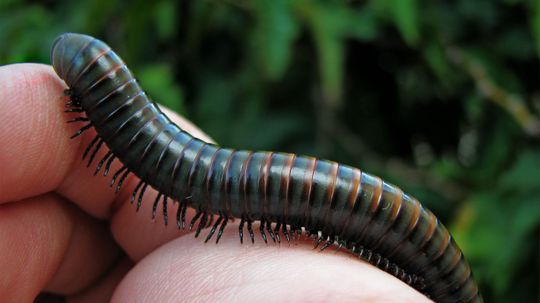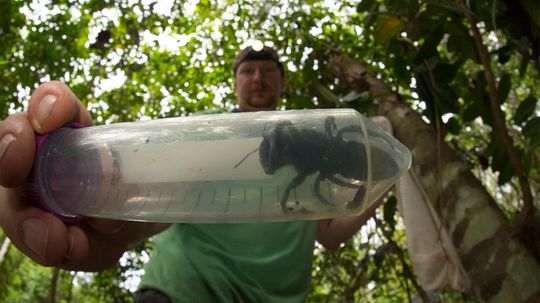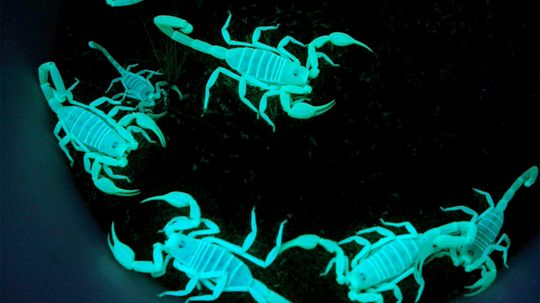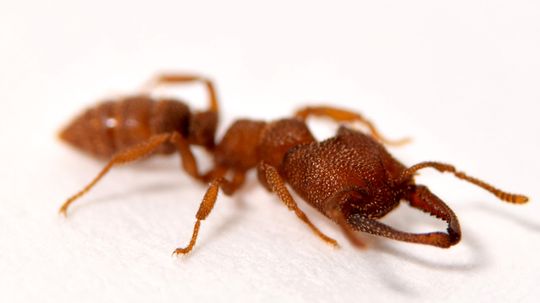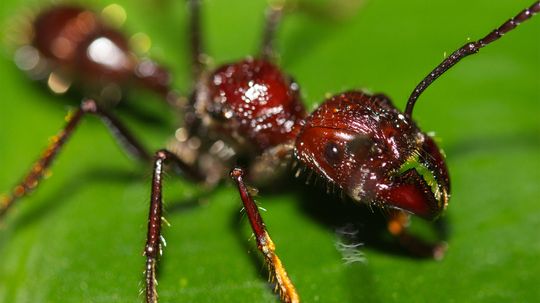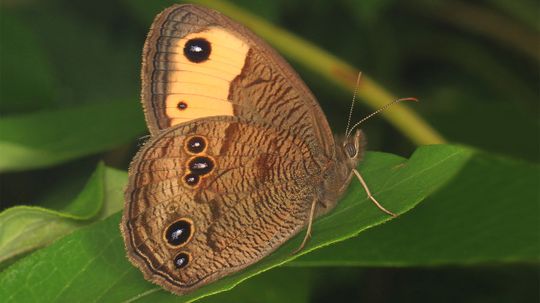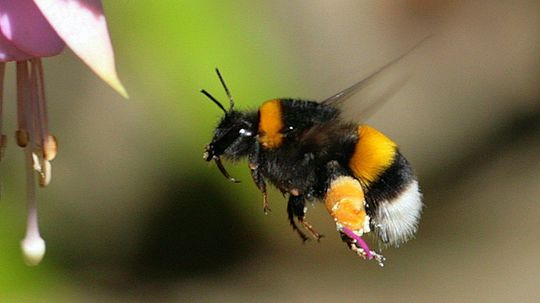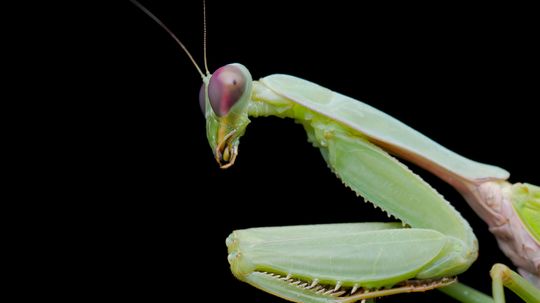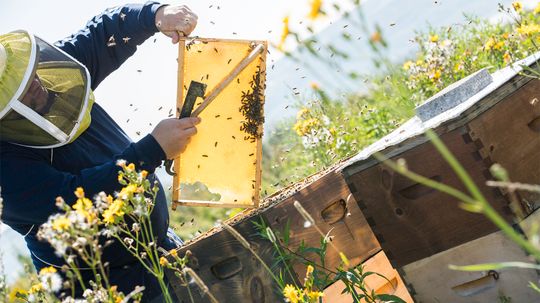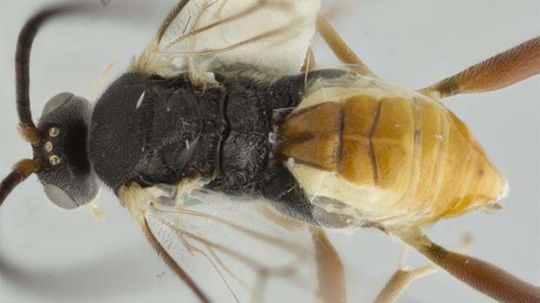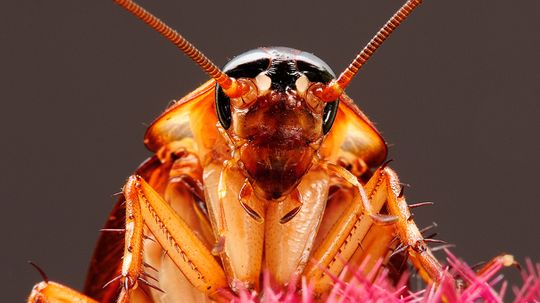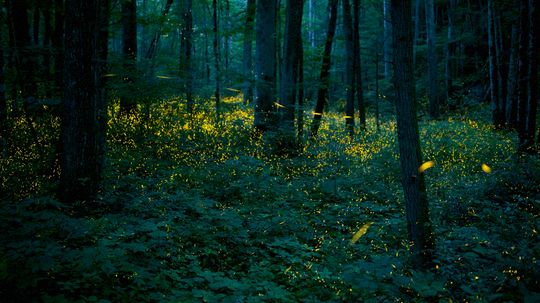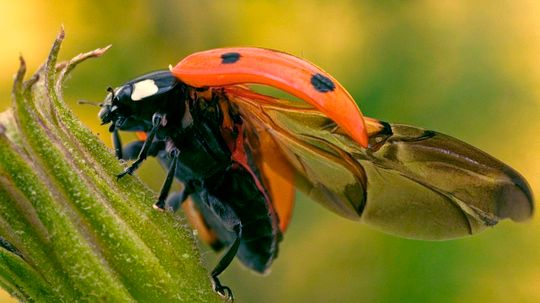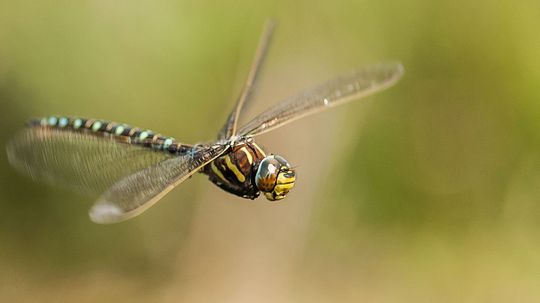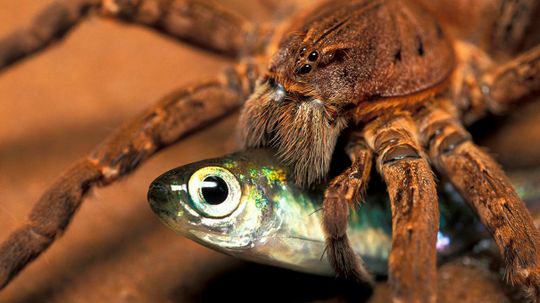Insects and Arachnids
Insects and arachnids are the most popular wild animal on Earth. Read our collection of articles discussing all sorts of ants, bugs, butterflies, spiders and just about every other type of insect and arachnid.

10 Red Butterfly Species Found From India to Florida to Europe
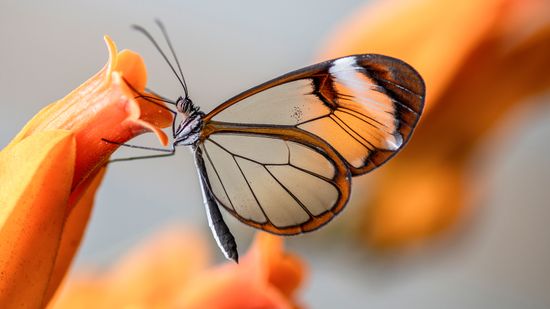
How the Glasswing Butterfly Flutters (Almost) Invisibly
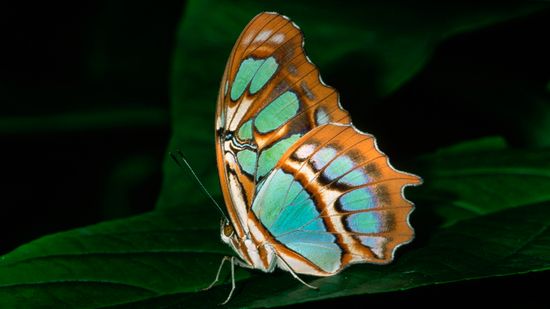
6 Green Butterfly Species Blending in With Their Environments
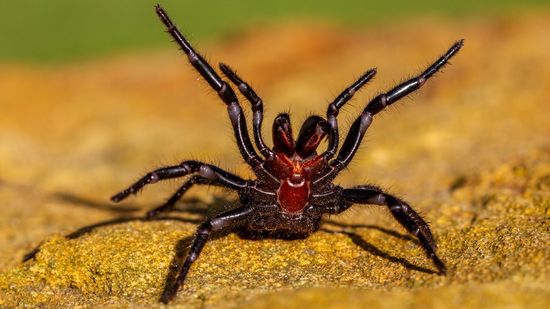
Newcastle Funnel-web: Just 1 of 3 Deadly Sydney Funnel-web Spiders
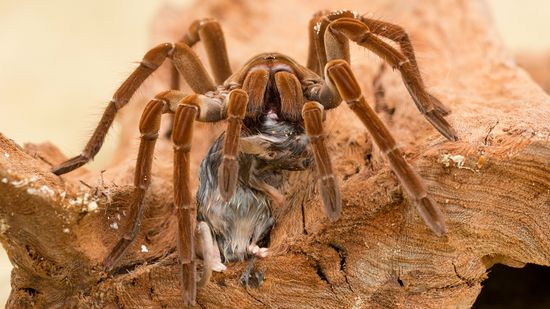
Goliath Birdeater: A Huge Tarantula That Only Eats Birds Sometimes
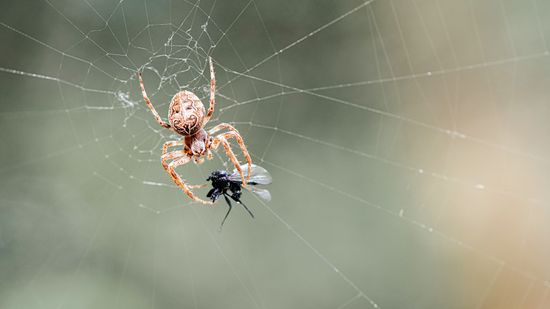
What Do Spiders Eat? Other Spiders, You Say? Yikes!
Learn More / Page 5
Tarantulas are the largest spiders in the world and, believe it or not, some can live for up to 30 years.
These nasty pests are developing cross-resistance to multiple classes of insecticides.
Just like bees, wasps are pollinators that are also endangered. But you rarely hear anyone pleading to save wasps. A study finds out why wasps are despised by the public and researchers alike.
By Dave Roos
Advertisement
Ninety percent of brown recluse bites don't have any effect at all - but the mythology around these creatures and their bites is legendary.
Is the "banana spider" you're looking at the one that sits around harmlessly catching flies, or could its bite kill a small child? If we rely solely on common names, this question is complicated.
These nasty little bugs have been reported in 28 U.S. states and can cause an illness called Chagas disease.
These arachnids are aggressive, unbelievably fast and love to murder ants for no reason, but don't worry - they're harmless.
Advertisement
If you think the answer is 1,000, you're way way off.
Wolf spiders might find their way into your house and can look threatening, but they're really harmless.
The world's largest bee, lost to science for 38 years, has been rediscovered on a remote island in Indonesia.
There's an old saying that you catch more flies with honey than vinegar. Scientists have now found out why sour tastes are so repellent to flies.
By Alia Hoyt
Advertisement
There are lots of theories. Maybe fluorescence helps them find each other in the dark?
Think a teeny tiny ant can't pack a punch? Think again. The Dracula ant can subdue its prey so fast, they never know it's coming.
By John Donovan
Justin O. Schmidt studies insect venom and has a rating system for the relative agony inflicted by the world's most painful stings. Which is the worst?
Structures in some butterflies' wings are actually part of their ears.
Advertisement
Thanks to a citizen science project in the path of totality, researchers studied bee activity and were surprised by the results.
For five nights in a row, a praying mantis came to the same garden spot to hunt for fish, completely confounding scientists.
Beekeeping, when you get down to it, is the art and science of removing honey from hardworking bees without them missing it. But beekeeping is about so much more than just the honey.
By Dave Roos
Being eaten from the inside out by wasps sounds like something out of a nightmare, but for some caterpillars, sadly, it's just life.
Advertisement
It seems like flying cockroaches want to dive bomb your face. Are they aggressive? Defensive? Or maybe it's all just in your scared ape mind.
Entire colonies of half a million venomous ants are one scary threat following serious flooding.
Part of the fun is trying to finagle a spot at the Great Smoky Mountains National Park viewing site in late spring.
By John Donovan
The secrets to ladybugs' wing-folding could yield new designs in flying robots and even newfangled umbrellas.
By Amanda Onion
Advertisement
For one species of dragonfly, the hassle of dealing with aggressive suitors is worth playing possum over.
Spiders not only eat more meat than humans every year, they also spend a lot of time getting eaten themselves.
